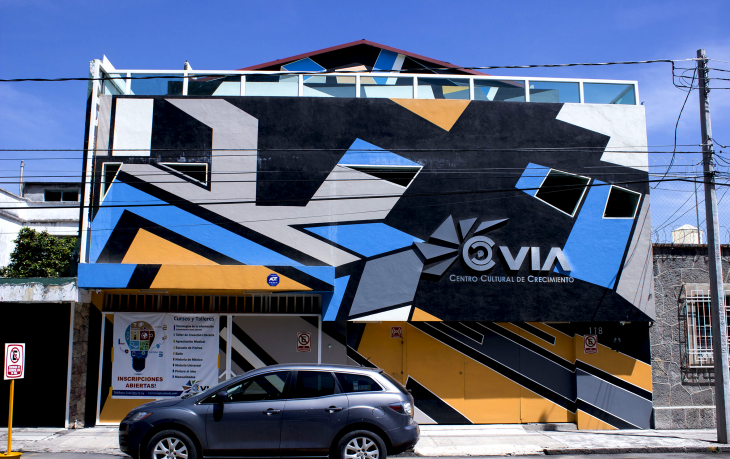The Identity of Made in Mexico
Raymundo Sesma
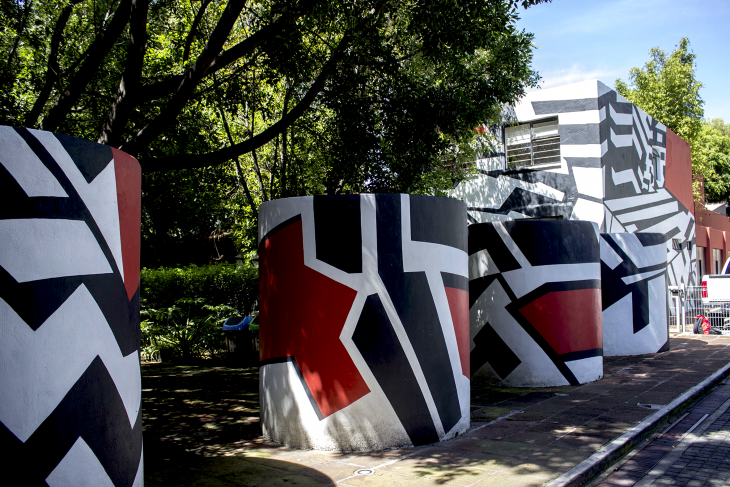
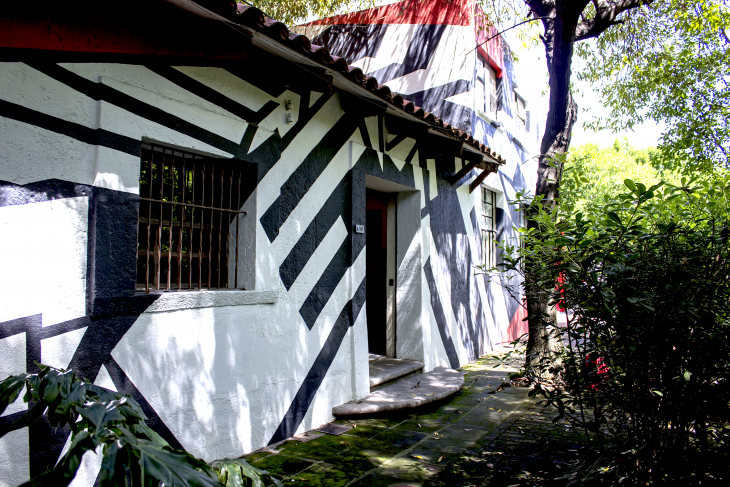
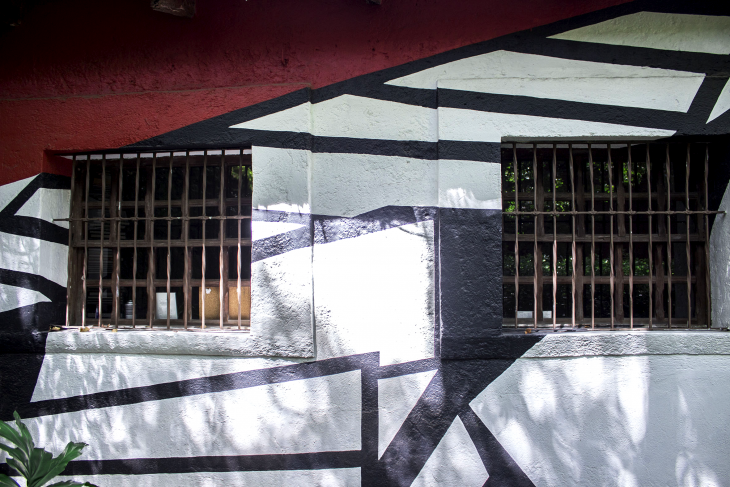
“Art must be expanded,” said Raymundo Sesma, with the certainty that only experience can give.
Despite his works of monumental proportion, the expansion in question has nothing to do with size. Rather, Sesma’s intention is to take art out of museums and use it as a social tool, taking it to other territories, other disciplines and other artists.
Since the 90’s, Raymundo Sesma has focused his work – and that of those who collaborate with him – on a concept which remains just as relevant twenty years later: social architecture.
“If the country needs anything at all, it is design”, he said as our conversation kicked off, citing design as a discipline, but also as a plan and a guide. And this is the exact way in which social architecture gains its relevance.
In 1995, Sesma carried out an integral project in Tecali de Herrera, which marked the dawning of the Advento collective: “It is not about constructing buildings, but building ideas within a social context.”
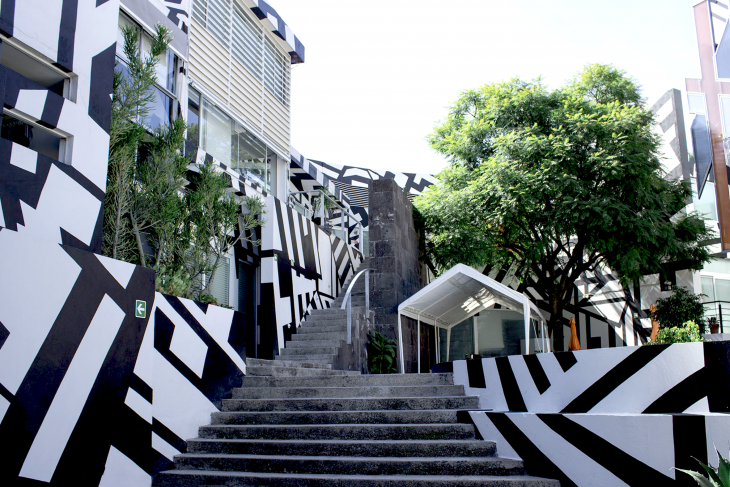
“We are a collective, made up of architects, designers, artists, sociologists, philosophers, anthropologists and other experts. We identify problems in certain areas and contexts and develop projects for each specific issue,” Sesma told us with respect to this interdisciplinary collective which since its inception has brought together more than 800 people, working directly and indirectly to resolve very specific themes.
The roots of Advent lie within this question: “How can I, as an artist, as a human, interact creatively within a degraded urban context? All of this violence is related to this aesthetic. Such degradation can be more violent than the violence itself.”
Form, colour and material are of complete relevance: each of these elements of art and design offer a solution. “By isolating a problem, we create a space in which we can act,” Avento expresses on its webpage, presenting itself as a bridge between the least developed (the artisan), and the best developed (the designer).
“The most important thing is to create social cohesion, to create a project which involves everyone. Puebla is the city of design.”
Although Raymundo lives in Italy, he is hugely fond of Puebla, where he has carried out several monumental projects of social architecture.
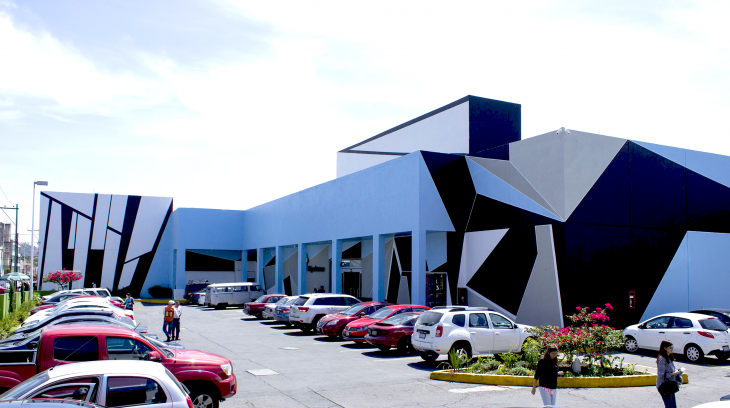
Raymundo’s interventions in Puebla are in no way limited to the aesthetic realm, but set into motion all of the principles this artist represents. It won’t come as a surprise that Unarte and the Visual Arts School are among the projects within the collective’s portfolio: educational spaces which work for social progress.
“Communication and education, these are the main things, and the knowledge that if we want to access a future, this future must be created with a multicultural, multiracial, multiethnic, multi-everything conscience. We have to read a lot, work a lot, and work as a team across disciplines.” With this in mind, it is logical perhaps that one of the artist’s most important projects, which focuses on the power of colour, is entitled: Expanded Camp.
“We have to go beyond what has already been established. Why should a painting necessarily be done on an easel? When a painting is done on an easel it is elitist, private, to be seen in the home and nowhere else. Galleries and even museums are elite places, because if you count the people that visit them, there is only a handful, more people go to the football, to fights, rather than to a museum. So we must expand art, take it outside and produce it in the streets. A piece created on a building or in the street is seen by many more people than an easel painting measuring 2×2 in a museum.”
By going out to the streets, art occupies a symbolic space, belonging to everyone and no-one at the same time. Art must serve the community in which it is inserted. Art must be expanded.
